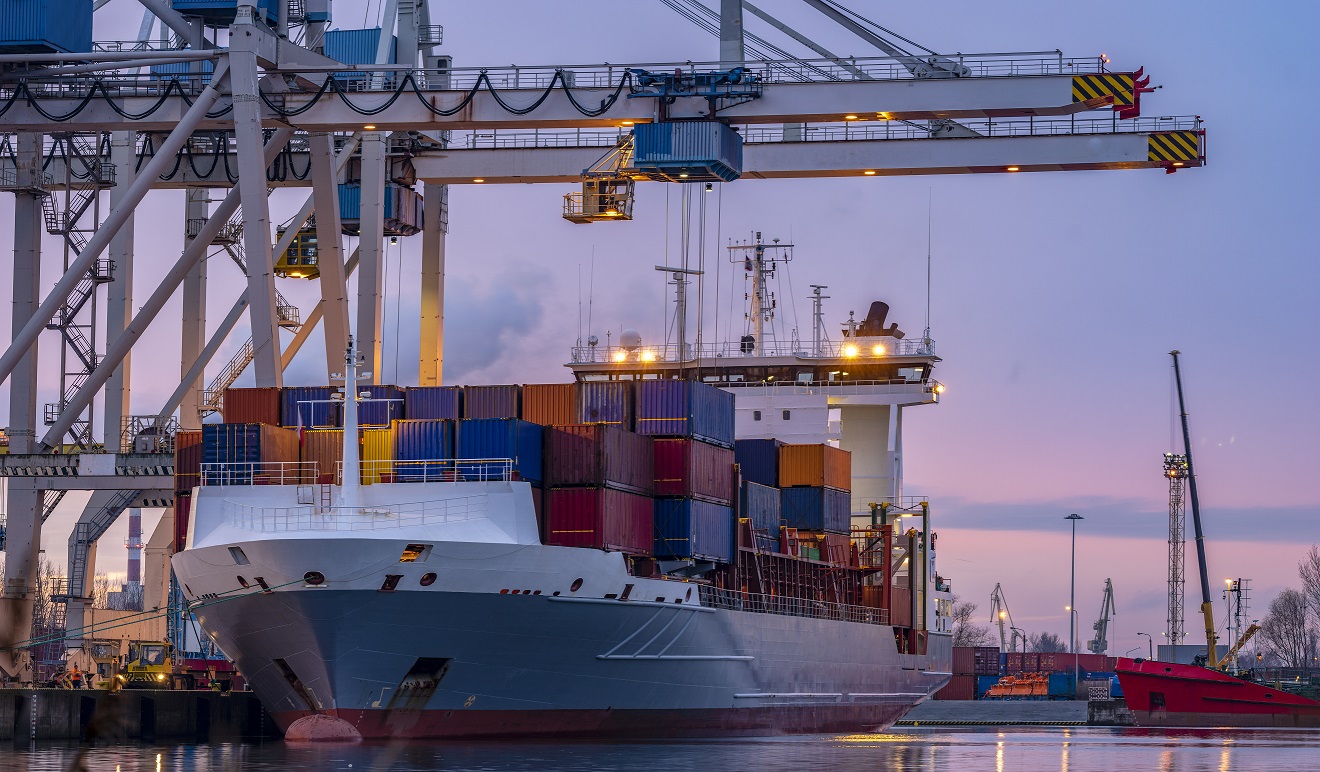Once again, for the eighth year running, poor implementation of the International Safety Management – ISM Code dominates ship detentions in Australia.
Since 2010, most ships detained in Australia have failed to apply the ISM Code, according to the nation’s 2018 recently released Port State Control (PSC) Report.
The Australian Maritime Safety Authority Authority (AMSA) recalled one case, where the vessel involved, the Thorco Luna, was banned from entering Australian ports. “The master and crew were not familiar with essential shipboard procedures relating to the safety of the ship over three separate inspections” AMSA commented.
Lack of knowledge and training in fire safety, emergency systems and life-saving appliances were next on the list, with breaches to the Maritime Labour Convention (MLC) following close behind.
The more progressive and forward-thinking cruise ship companies are implementing fire extinguisher barcode inspection software systems in their fleet. Those responsible for cruise ship safety inspections use Mobile Safety Inspection Apps to record the inspection of fire doors, fire extinguishers, lifesaving equipment etc.
Implementing fire extinguisher barcode inspection software systems and life safety inspection systems to improve safety and aid compliance are mow common in many organizations in Higher Education, Healthcare, Industrial, Commercial and Maritime.
Inspection points are identified with QR codes and the inspector simply scans the QR code to start the inspection. The appropriate checklist is presented and completed by the user with the results uploaded to the Cloud. Management on the ship can see the inspection activity using dashboards and shore staff/corporate staff and see inspection activity and performance across the fleet.
In 2018, AMSA received 177 complaints regarding crew conditions, mostly to do with wages, contracts, hours of work, food and catering, repatriation and bullying. Yet, records show a growing confidence in seafarers seeking help, making 75 complaints in 2018, almost double the 44 of the previous year.
The seafarers trade union, the International Transport Workers’ Federation, however, made up the majority of the complaints, totalling 39 on behalf of the crew, with welfare groups coming a close second on 31.
While the number of alleged MLC breaches confirmed in port has decreased significantly compared to 2017 (from 918 to 674), the number of detainable offenses has risen only slightly from 20 to 23 over the year.
In 2018, AMSA banned three repeat offenders from Australia’s shores. Two of these bans involved significant breaches of the MLC. These were the Liberian flagged MSC Kia Ora, which underpaid its crew; the previously mentioned Philippines flagged Thorco Luna, for significant ISM and Safety of Life at Sea Convention breaches, and the Hong Kong flagged Shandon Hai Wan could not berth in Australia for 12 months after deliberately underpaying their crew by AUD56,000 (USD39,000).
Overall, the Flag states with the highest detention rates were Panama, Liberia, Hong Kong, Marshall Islands, and Singapore.
While AMSA reported a slight increase in the detention rate of vessels to 5.5%, ship deficiencies, on the other hand, remain at record lows having steadily decreased over the last decade.
“It is also a strong indication that AMSA’s PSC regime is exerting a positive influence on the quality of ships arriving in Australia,” the report concluded.
IMEC Technologies provides Safety Management Software to increase worker safety and aid compliance. IMEC’s Safety Management Software will manage inspections and audits, provides hazard identification, incident reporting, management of corrective and preventative actions from generation to closure. IMEC provides lock out tag out software solutions that will allow users to create lockout tagout procedures using an intuitive Mobile App and Manage Lockout Tagout Procedures, also the Review and Execution of those Lockout Tagout Procedures using the Mobile App. Annual Lockout Tagout Procedures audits are conducted using a Mobile App. The Mobile Inspection App allow users to perform inspections and audits, for example the system can be used as a Fire Extinguisher Barcode Inspection Software system to manage monthly fire extinguisher inspections and general fire safety inspections and also to record safety observations and manage corrective actions, anywhere and anytime. The solution can be used as a fire extinguisher barcode inspection software system or life safety inspection system to aid compliance in Higher Education, Healthcare, Industrial and Commercial Organizations. Benefits from a Fire Extinguisher Barcode System include the elimination of paperwork and reducing the burden of compliance with regulations such as NFPA, The Joint Commission. The Incident Reporting App allows users to easily and quickly report incidents, hazards and near-misses, these are then sent to the appropriate people for action and are managed to closure. Web Apps provide features such as, setup, management, scheduling tools, analysis, reporting and dashboards etc with the ability to report incidents to government bodies such as OSHA and RIDDOR. HazMat T&T is a hazardous waste management software solution designed for Environmental Service Companies and companies who generate a large quantity of hazardous waste. The solution tracks hazardous waste from cradle to grave aiding compliance, providing accurate waste inventory, increasing waste handling efficiency, reducing risk and also helps manage waste costs. HazMat T&T Hazardous Waste Management Software can be deployed in a number of deployment scenarios, from Large Hazardous Waste Generators, tracking their hazardous waste at their site to Environmental Service and Waste Management Companies using it track and manage hazardous waste at transfer and disposal sites. For more information visit our website www.imectechnologies.com

